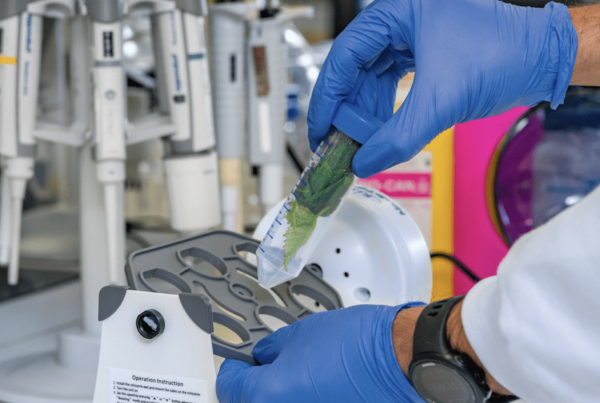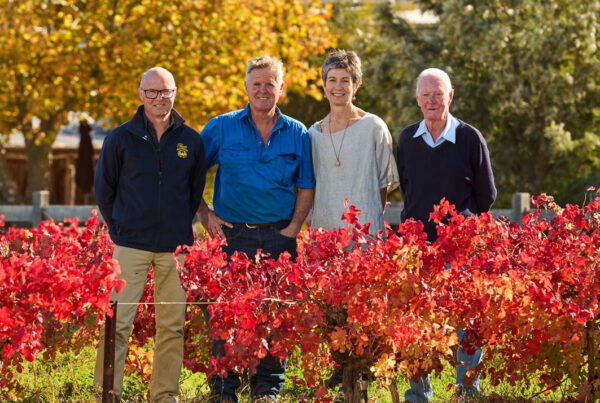
In my crowded part of south London I often find myself in unwelcome queues: the snaking line at lunchtime in the decent sandwich shop, or in the DIY store when the sun shines; the logjam on a Sunday afternoon when I join every other middle-class male in wanting to a) take stuff to the dump and b) get the car washed in the same trip.
However, this appearance of conformity can be dangerously misleading. We can and do have different ways of doing things from one another, which makes the trick of getting lots of people to do something similar, for instance, buy your brand, or visit your shop, actually quite hard to do.
In fact, one of the biggest fibs we tell ourselves in life is that our views, values and behaviours are probably shared by society as a whole. Part of the problem is that it’s an easy trap to fall into. Most of the time, our world view does align with that of most other people in a given geography or culture – basic manners, what we tend to do at weekends, and so on. We also tend to surround ourselves with tribes of people who do think and act in a similar way. However this veneer of similarity can mask significant differences, and is part of the reason the market research industry exists.
As a researcher in wine, the differences I note most regularly are of course within buyer behaviour in the wine category. Time after time I have found myself in wine aisles of supermarkets, or wine shops, or even as they browse online shops, marvelling at the variance in their habits, short-cuts and tastes. The differences tend to have patterns of their own, and inform consumer segmentations, including Wine Intelligence’s own Portraits series.
Of course, there are some common threads too, but not ones the wine industry would always recognise or align with.
For instance, most people don’t really care that much about wine: for them, wine is a relaxing drink which should support an occasion rather than dominating it. Attitudinal and behaviour variance is often simply a function of habit: if you drink wine more often, you tend to spend a bit less per bottle, and will be more inclined to shop around for deals. If you drink wine less often, your knowledge levels tend to be lower, and you also tend to have less confidence when making buying decisions.
Obsessives do exist, and it’s always encouraging to see them crop up in a survey: they are the ones who will spend more money in the category (even if they aren’t that well off) and will perhaps radiate some passion to a wider group, perhaps encouraging a slight upward shift in spend or volume consumption. There is well-documented instances of tribal behaviour too: we copy those around us because it makes us feel comfortable or tend to mix with those people who have similar lifestyles and outlooks to us.
I’ve been reflecting on the nature of consumer behaviour partly as a result of the announced merger in the UK between Majestic Wine Warehouses, a 211-strong independent chain similar to Dan Murphy’s, and Naked Wines, a seven-year-old online retailer with operations in the UK, USA and Australia.

In its big growth days of the 1990s, Majestic managed to change behaviours (and in so doing create a tribe) in two key ways: one, they pioneered the concept of the bulk-purchased, self-selected mixed case of 12. In the days before the internet and home delivery, but in the era of mass car travel, they correctly identified a pattern of shopping behaviour which would grab many adherents: well-stocked but no-frills shopping spaces with decent car parking, the opportunity to taste before purchase, with the help of clever (but not overbearing) staff.
The formula has only changed twice since then: first with the launch of an online shop in 2000, which has been modestly successful; and in 2012 when the then chief executive, Steve Lewis, dropped the minimum purchase quantity to six bottles, which boosted sales.
By contrast Naked Wines, led by its iconoclastic CEO Rowan Gormley (full disclosure: he is a former employer of this columnist), has created a new, very 21st Century behaviour: consumers are not just invited to buy their 12 bottles, regularly, but be activist investors as well: they contribute money towards a group funding scheme which supports winemakers to make wines exclusively for the group.
The wine industry has been quite snippy about the Naked Wines model, and indeed Mr Gormley himself (who has been known to rub people the wrong way). Many of the wines are poor quality, critics say, and Mr Gormley is merely a showman for what is in effect an ancient supply chain model: retailer buys wine on behalf of customers.
However, this analysis fails to recognise the fundamental point of Naked Wines: it has changed behaviour in a significant segment of consumers in the UK, notably those younger, better off and curious about wine.
Most important of all, it has got people to care about wine in the way we in the industry would probably recognise. Its customers care about the product beyond just a drink to have in the evening. Because Naked has made them feel like they’ve had a say in the decision-making process that resulted in these wines, customers feel a sense of shared intellectual and emotional ownership that goes far beyond the product itself.
Now that the two businesses are becoming one, and Mr Gormley has been installed as the merged company’s CEO (Mr Lewis resigned in February, after seven years in charge), the big question in UK wine trade circles is how the two models will work together.
The two businesses appeal to similar types of wine drinker, albeit in very different ways. The Majestic model remains centred around their 211 warehouse outlets, typically in converted garages on arterial roads. Estate cars are backed onto the forecourt; customers complete a circuit of stacked boxes and emerge with a case or two of wine (New Zealand Sauvignon Blanc will almost certainly be present and correct).
Majestic claims 643,000 active customerswhile Naked has recruited a little under half of that figure since its inception in 2008. Both retailers are targeting higher-income AB customers with above-average engagement with the wine category. According to Wine Intelligence Vinitrac data, both Naked and Majestic customers have something of a male bias, though Naked does a marginally better job of attracting under-34s – at least as a proportion of its overall base.
Most customers of both retailers admit to buying wines from supermarkets though it’s interesting to note that there’s slightly more antipathy to the multiple grocers among the Nakeds. Majestic customers correlate strongly with Waitrose and Marks & Spencer shoppers. Both groups like to spend roughly the same amount on a bottle of wine, and drink as frequentlythough Majestic shoppers are more attuned to promotional offers than we find with Naked’s clientele. Both groups say they are experimental in their tastes.
But the crossover isn’t what it might seem. Naked has built its reputation on a slightly maverick, anti-establishment platform, encouraging its customers to believe they are buying into a radical business model that supports independent winemakers who might not otherwise find a route to market.
“Drinking good wine is enough pleasure in itself, but having a sense of relationship with the winemakers, that is beyond the purely commercial, adds something else to the experience,” says one Naked angel, quoted on the website.
Another adds: “I rarely buy wine from supermarkets now unless an emergency arises, mainly because I can’t be sure that I’m not buying a mass produced product from a faceless producer.”
Perhaps not surprisingly, there’s not much love lost between the two consumer groups. According to Vinitrac data, only five percent of those who buy most of their wine from Majestic rate Naked’s service, and only 11 percent of Naked customers have anything nice to say about Majestic – though admittedly both groups are extremely frugal with their compliments for any rival retailers.
Mr Gormley has insisted that both companies will continue to operate independently of each other – indeed he’s pre-empted any rumblings of discontent by dismissing any suggestions that angel investments will simply be diverted into the Majestic bank account, or that Naked products will find their way onto Majestic shelves. But he adds that Naked customers will eventually benefit from click-and-collect at Majestic branches, and predicts that Majestic’s expertise could open doors for Naked wine in regions such as Burgundy.
The deal has dismayed some Naked customers who would prefer to think that the business sits outside traditional wine commerce – indeed there’s a sense among some customers that it isn’t really a business at all, more a benevolent institution run on a not-for-profit basis. In a sense this has been true – Naked’s most recent results show a £3.3m loss and the company has yet to make an annual profit.
So how will the two tribes – the Majestics and the Nakeds – get along? Clearly there will be some who reject the other’s way of doing things, and even with careful handling by the respective marketing teams, some will leave.
The positive spin, which I generally share, is that each will adopt some of the more useful (to them) habits of the other group. For the Naked customer, it might be the ease of collecting Naked Wines deliveries from a local shop rather than waiting at home for it and having a local space in which to do tastings and meet other members of the Naked ‘Angels’ community. For Majestics, it could be an introduction into a different way of engaging with wine, where they are not simply the consumer, but rather the investor, participant, cheerleader and community activist.









Recent Comments